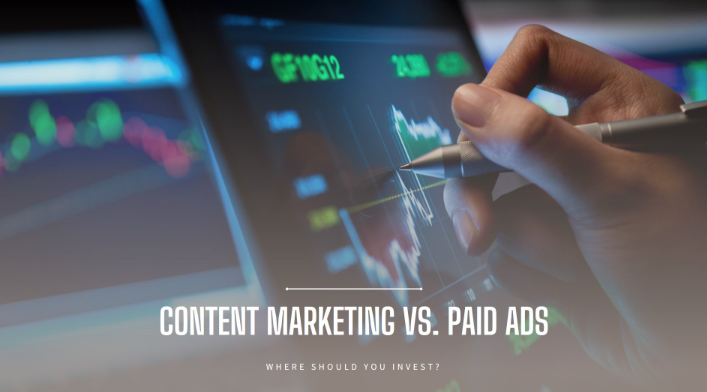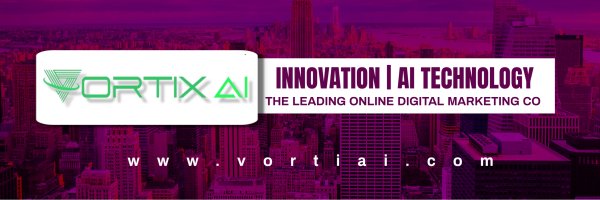AI & Web Development: Transforming the Digital Landscape
In the fast-paced world of digital marketing, businesses often face the question: should you focus on content marketing or invest in paid advertising? Both strategies offer unique advantages, but the right choice depends on your business goals, budget, and audience. Let’s dive into the key differences, benefits, and considerations to help you make an informed decision.

What Is Content Marketing?
Content marketing involves creating and sharing valuable, relevant, and consistent content to attract and engage your target audience. This can include blog posts, videos, infographics, eBooks, podcasts, and more. The primary goal is to build trust and establish authority over time, ultimately driving organic traffic and customer loyalty.
Pros of Content Marketing:
Long-Term Benefits: Once published, high-quality content can continue to attract traffic and leads for months or even years.
Builds Authority and Trust: By consistently providing value, you position your brand as an industry expert.
Cost-Effective: While creating content requires time and resources, the ongoing returns can outweigh initial investments.
Supports SEO: Well-optimized content improves your search engine rankings, increasing visibility and organic traffic.
Cons of Content Marketing:
Time-Consuming: Developing high-quality content takes time and effort.
Delayed Results: Content marketing is a long-term strategy, so it may take months to see significant returns.
Consistency Required: Sporadic content production can weaken your efforts.
What Are Paid Ads?
Paid advertising involves paying platforms like Google, Facebook, or LinkedIn to promote your content, products, or services. This includes search engine ads, social media ads, display ads, and more. The goal is to drive traffic, leads, or sales quickly by targeting specific audiences.
Pros of Paid Ads:
Immediate Results: Paid campaigns can drive traffic and conversions as soon as they go live.
Precise Targeting: Platforms offer advanced targeting options based on demographics, interests, and behaviors.
Scalable: You can increase or decrease your budget based on performance and goals.
Enhanced Visibility: Ads help you reach audiences that might not find you organically.
Cons of Paid Ads:
Cost: Paid advertising can become expensive, especially in competitive industries.
Short-Term Impact: Once your campaign ends, so does the traffic and visibility.
Ad Fatigue: Overexposure to the same ads can reduce effectiveness over time.
Complexity: Effective ad campaigns require expertise in targeting, design, and optimization.
Content Marketing vs. Paid Ads: Key Differences

When to Choose Content Marketing
Long-Term Goals: If your aim is to build a sustainable online presence and establish authority, content marketing is the way to go.
Limited Budget: Content marketing offers long-term returns that don’t require constant investment.
SEO Strategy: If improving organic search rankings is a priority, invest in high-quality, optimized content.
Nurturing Relationships: For businesses that rely on trust and loyalty, content marketing helps foster deeper connections.
When to Choose Paid Ads
Immediate Results: If you need quick traffic, leads, or sales, paid ads are your best bet.
Launching a New Product or Service: Ads help generate buzz and visibility quickly.
Targeting Specific Audiences: For campaigns that need precise targeting, paid ads are highly effective.
Seasonal Promotions: Time-sensitive offers or events benefit from the instant visibility of ads.
Why Not Both?
The best digital marketing strategies often combine content marketing and paid ads. Here’s how:
Use Paid Ads to Amplify Content: Promote your best-performing content to reach a wider audience.
Leverage Content for Retargeting: Use engaging blog posts or videos in retargeting campaigns to nurture leads.
Balance Immediate and Long-Term Goals: Use paid ads for short-term results while building a strong content foundation for sustainable growth.

Choosing between content marketing and paid ads doesn’t have to be an either/or decision. Each strategy serves different purposes and can complement the other. By understanding your goals, budget, and audience, you can craft a balanced approach that maximizes your marketing ROI. Ready to make the most of your digital marketing efforts? Start by defining your priorities and experimenting with a mix of both strategies to see what works best for your business.

